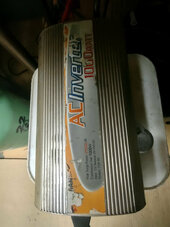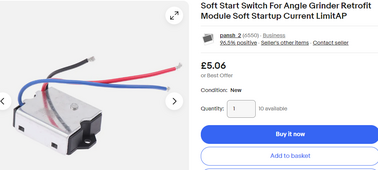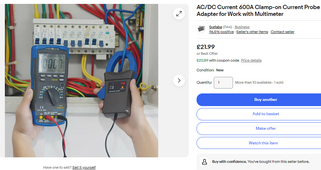Boron
New Member
As will all Web info, you have to spend a disproportionate amount of time scraping off the hype/bs/rubbish speculation etc to get to what you really need to know - deep down and dirty - as I found out building my own Prismatic 24V bank - the devil is in the detail.
OK I have little experience in large inverters and only used a small 500W - $50 one as a UPS for my PC/wifif during covid. I found out that these cheap ones are woefully over stated in power delivery and volt control also reliability/ will shutdown at the slightest hiccup - etc.
However listening to you good buddies here I find there's a lot to consider if you want say a reliable 3kVA inverter for continuous domestic use.
For example you have to consider what loads you have vs their inrush currents. The humble fridge/freezer can have alarmingly high inrush which is why it uses a special relay.
Starting up an inverter needs special care as it has large input caps that need to be precharged or you will damage/trip your bms and so on.
But you guys know all this Im sure
What is not so obvious is what quality/design needs for the MOSFETs, heat dissipation/ reliability. Protection against EMI/spikes ?
So - as with LFPs - the quality can vary wildly.
What are the issues to consider? I am surprised there isnt a separate category here addressing inverters - given their importance in a solar grid
OK I have little experience in large inverters and only used a small 500W - $50 one as a UPS for my PC/wifif during covid. I found out that these cheap ones are woefully over stated in power delivery and volt control also reliability/ will shutdown at the slightest hiccup - etc.
However listening to you good buddies here I find there's a lot to consider if you want say a reliable 3kVA inverter for continuous domestic use.
For example you have to consider what loads you have vs their inrush currents. The humble fridge/freezer can have alarmingly high inrush which is why it uses a special relay.
Starting up an inverter needs special care as it has large input caps that need to be precharged or you will damage/trip your bms and so on.
But you guys know all this Im sure
What is not so obvious is what quality/design needs for the MOSFETs, heat dissipation/ reliability. Protection against EMI/spikes ?
So - as with LFPs - the quality can vary wildly.
What are the issues to consider? I am surprised there isnt a separate category here addressing inverters - given their importance in a solar grid






